The Baja California Congress has had enough of the territorial tug-of-war between Ensenada and Playas de Rosarito. Lawmakers have once …
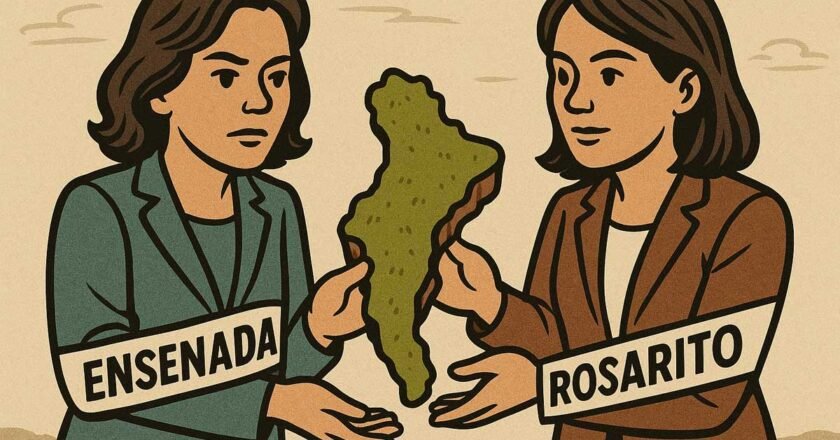

The Baja California Congress has had enough of the territorial tug-of-war between Ensenada and Playas de Rosarito. Lawmakers have once …

Independence With a SplashFor the first time in history, Ensenada will shout “¡Viva México!” with the Pacific as backdrop. On …
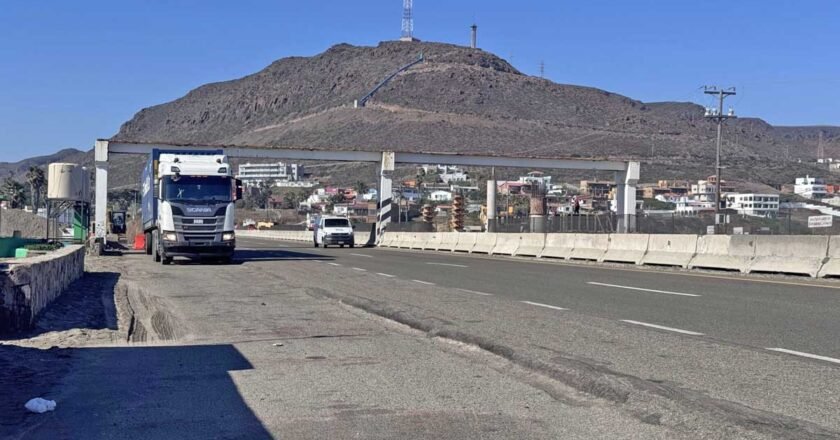
Crossing Without Playing Frogger Playa La Misión has always been a curious mix. Families set up tents, kids kick soccer …

ENSENADA – Ready to hook half a million pesos? The international sportfishing tournament Dos Mares Baja California drops anchor this …
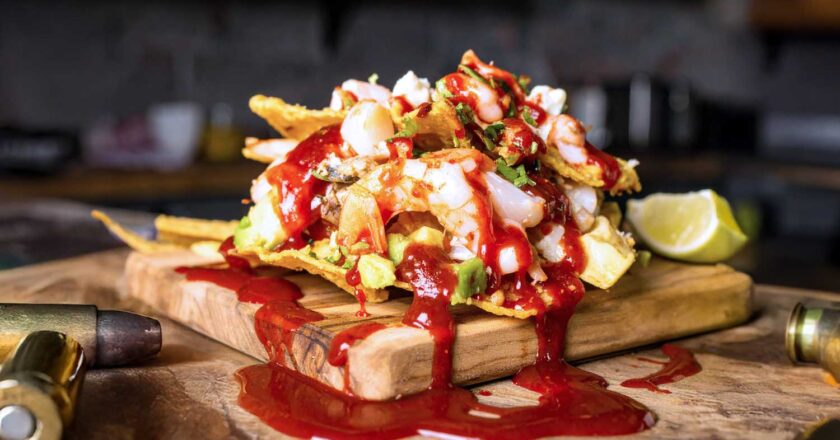
We pride ourselves on bringing you No Bad News. That’s the deal. But some truths demand an exception. Today, we …

Ensenada sure knows how to throw a party. The annual Paella Contest at Viña de Liceaga once again proved it, …
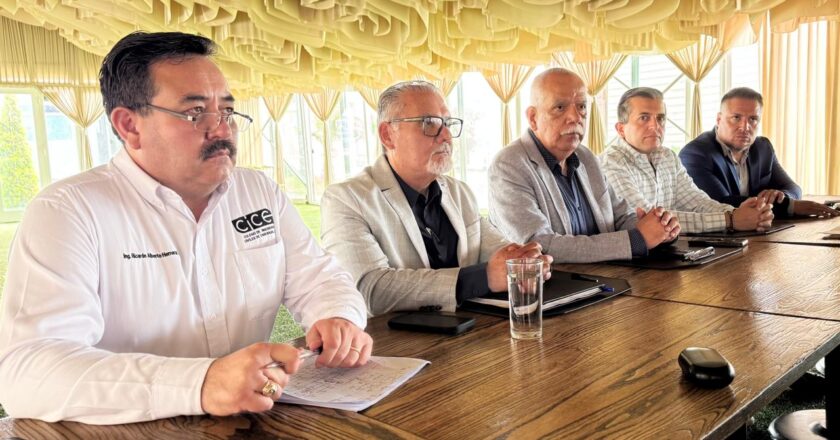
Rosarito’s dry promise might finally pour On Friday, August 22, Baja California’s Secretary of Water, Víctor Daniel Amador Barragán, met …

This isn’t just another cook-off. The Dr. Ramón García Ocejo Paella Contest is the grand finale of Ensenada’s 25-day Fiestas …

Baja California is on the move… sort of. Ensenada has a shiny new ferry sitting pretty at the dock. Tijuana’s …
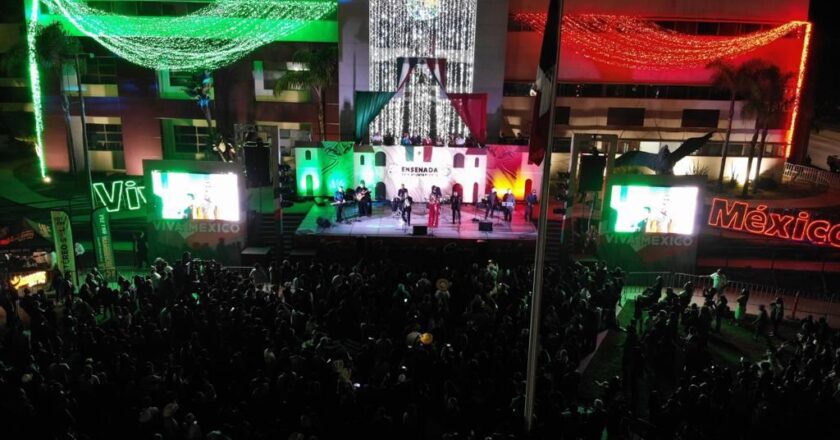
Ensenada’s about to swap its sandals for sombreros. This September 15, the city will celebrate Fiestas Patrias like never before …